
|
| Accept Cookies | Customize | Refuse Cookies |
Giorgio_Via www.juzaphoto.com/p/Giorgio_Via  |
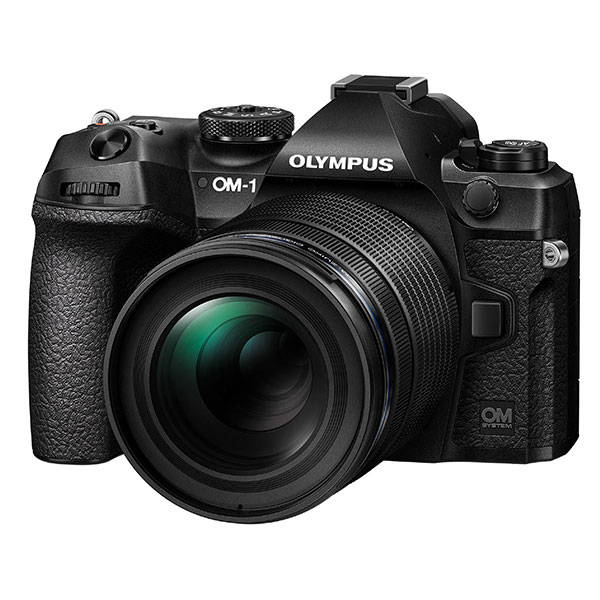 | OM System OM-1 Pros: waterproofing and dust protection, for the use I make of it, retractable rear display protected from bumps and scratches, the best viewfinder I have ever used, so much so that I used it practically without a display, the price, the availability of high quality optics, a very complete menu also for the possibilities offered in digital processing Cons: with Panasonic Leica lenses a certain delay, especially for landscape or low light photographs, in focusing, an immense vastness of possible operations that I will never learn in the course of my life, the position of the power button.... Opinion: I wondered if it would be useful to review a camera that is now out of production and replaced by a newer model which, it is said, has improved some flaws. I think of those who, like me, buy second-hand equipment for work. I take photographs of buildings for which I have to carry out renovation or restoration projects, for appraisals, for site documentation, then with dust from demolitions, excavations and up and down scaffolding. I bought, several years ago, a Canon DSLR, after years of Nikon with film, to have an easily manageable digital archive. Then I switched to Fujifilm mirrorless, in order to have a pair of Zeiss lenses, wide-angle and normal, and, later, always to stay at Zeiss at Sony FF. While the optics were absolutely satisfactory, the Sony body, an a7II, was beginning to show some signs of age. I would have liked to stay at Sony but the costs of the upgrade I wanted to get were really unaffordable for me, unless I went for bodies with over 100 thousand shots. Then some friends told me about the micro 4/3 system. I looked around and, since my instinct always makes me start from lenses, I found three Panasonic Leica lenses on occasion. My choice therefore went to OM-1 which I found at a real devaluation price, with what for me represented an indispensable element, the quality of the 1600 x 1200 px viewfinder, the weight and the protection from external agents. I didn't find anything satisfactory in Panasonic that had all the features found in OM-1, at least in micro 4/3. I am, now a few months later, really satisfied with the change of system, also for the quality of the optics. It may be natural to wonder why it does not use native lenses, i.e. OM System. Well, I tried with a pro series lens of equal value to the Panasonic Leica I use and there is really no comparison, neither in the construction of the lens (wobbly barrel) nor in the quality of the images, always talking about optics under 1000 euros. The menu is exaggeratedly vast but customizable. For those who use them, the main computational functions are present (for now I have only used the simulation of the ND filter for long exposures). Present for jpg shots, the colored filters for black and white. What can I say, I'm sorry for those who bought it new, given the devaluation, but if you find one little used don't miss it. PS: the power button, positioned next to the upper ring on the left, different from all the devices I have used previously that had it in correspondence with the shutter button, is an infinite pain in the ass. Then you get used to it.... sent on July 26, 2025 |
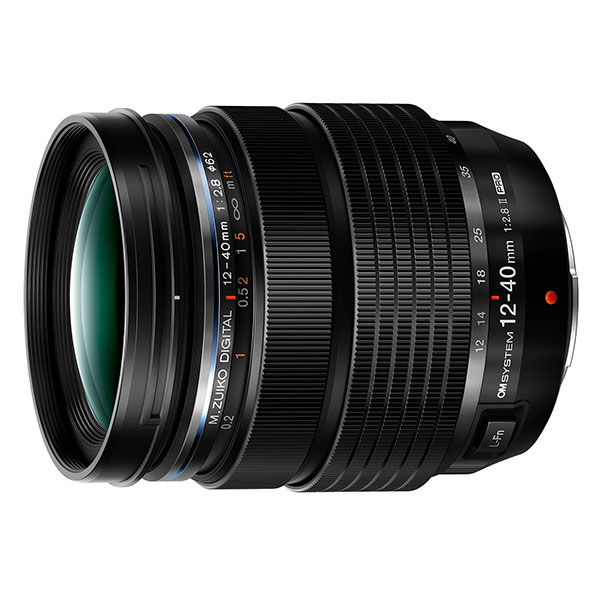 | OM System M.Zuiko 12-40mm f/2.8 PRO II Pros: good focal range, good sharpness, excellent for both blur and depth of field. Lightweight for hiking and opening Cons: Awkward flare, certainly not pro construction in the movement of the zoom ring and for the dancing barrel Opinion: Decent kit lens, although marked PRO does not excel compared to other lenses of the brand. The construction is decidedly cheap, compared to other micro 4/3 lenses such as Panasonic Leica for example. It honestly does its job and, if you find it in kit, it is a good all-rounder. Not to buy if you want an optics to improve. Definitely bad in the flare, forget backlight with sun or lights in the room. The zoom ring (perhaps my sample) is not smooth in scrolling but, above all, the barrel wobbles a bit at full travel. The blur is good and the depth of field is good. I follow my opinion, I emphasize, my opinion, after reading the comments that have followed mine. I have owned and used the lens and I have compared it with other lenses I have had and used, from Fuji to Olympus to Leica. Maybe my judgment is very severe but it must be when a lens is sold as PRO. When I hold a lens made largely of plastic in my hand, I think it is, for the price and for the brand, an unacceptable solution if I want to call it PRO. If I keep the zoom at maximum length and the barrel moves, I do it with all the zoom lenses I've had, Sony Zeiss, Panasonic Leica, I can't accept it, I repeat, for the brand and for the cost and for the PRO definition. The flare is present, too present, maybe in certain photographs it is irrelevant, I think it should be said though. Finally, as far as kit lens goes, as a matter of fact, my OM-1 was purchased in kit form with the 12-40mm f/2.8 PRO II. sent on June 24, 2025 |
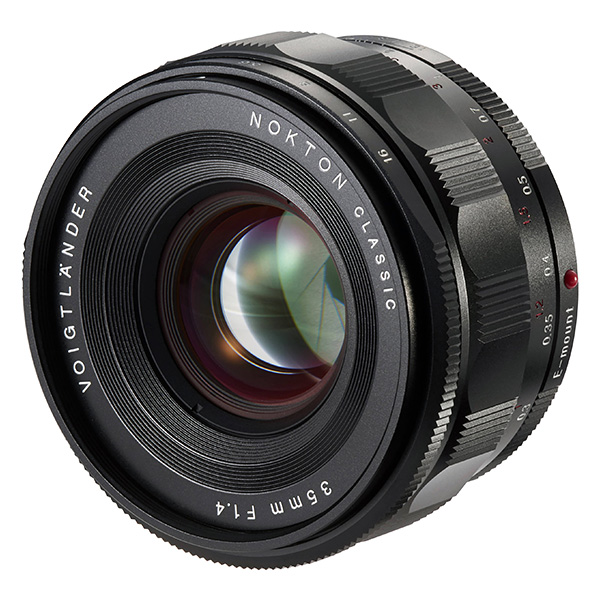 | Voigtlander E 35 mm f/1.4 Nokton Pros: Image quality, portability, a "once upon a time" lens Cons: Not to be used if you are in a hurry, not a high definition, soft colors, if it is a defect, but buy something else, the focus with low resolution mirrorless viewfinders Opinion: I love Voigtlander optics, my first camera was a Vitoret, all manual, not even the exposure meter. After buying the 27mm for Fuji (Ultron), four months ago I found this 35mm 1.4 Nokton for Sony. It has become my walking optics for outings in the countryside or in the city outside of work. On vacation I take the Leica Q2, before the Fuji X100VI, everything is there and you can shoot even with your brain disengaged. When you shoot with Nokton it is like smoking a Fonseca or drinking, while tasting, a Bas Armagnac. They say that you build the shot in the brain, nothing could be truer with the Nokton. Focus aside, it should always be used in manual, or in aperture priority, since here, fortunately, the ring is there. The image quality? Excellent if you want a photograph that comes out of the shot with a "human", analogue look. Not suitable for those who want to have the personal data of every single pixel. Shine on you crazy diamond on vinyl, not with a 24-bit, 192 kHz HiRes file. The main flaw is not in the lens, but in the body you use. The body I own is a Sony a7II, for the use I make of it really good. The viewfinder, however, is certainly not a joy. The resolution and magnification of the digital viewfinder are not the panacea for manual optics. It helps, or distracts, focus peaking, but I recommend the Nokton on systems with higher resolution viewfinders. sent on March 16, 2025 |
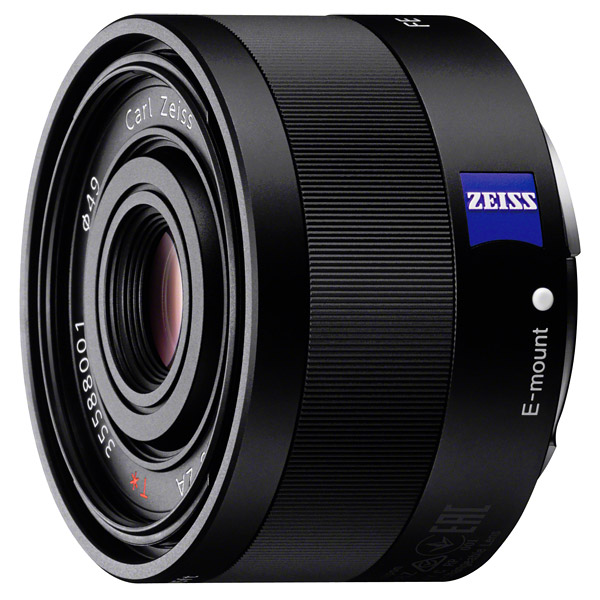 | Sony FE 35mm f/2.8 ZA Sonnar T* Pros: Small and lightweight Cons: the years, now 11, very bad in the backlight Opinion: I use Sony A7II for work, with the 16-35 ZA for construction sites and inspections (walls, roofs, floors, plaster) with the 55 ZA documents and old maps in the archive. Travel, holiday, excursion and excursion photographs are reserved for the Fuji X100VI. I found the opportunity to buy the 35 ZA at a price that I considered very good, knowing full well that I was buying a lens put on the market 11 years ago. Since I mounted it on Sony A7II it has become irreplaceable in walks in the countryside on paths and along the river. Exclusively landscape photographs, some details of old buildings or structures, all very satisfactory if you avoid letting the sun enter the room: no recent lens I have had has such a glare effect, it is not flare but absolute impossibility of shooting if you frame direct sunlight, no problem with artificial light. Slow autofocus, maybe. Vignetting at full aperture? I don't think so, even if I hardly use it at f/2.8. On the other hand, its weight on the A7 is practically irrelevant. The bulk? a few centimeters beyond the thickness of the camera body. Great for walking in the countryside, sometimes in woods with scattered branches, the lens hood, brilliant to protect the lens. sent on November 01, 2024 |
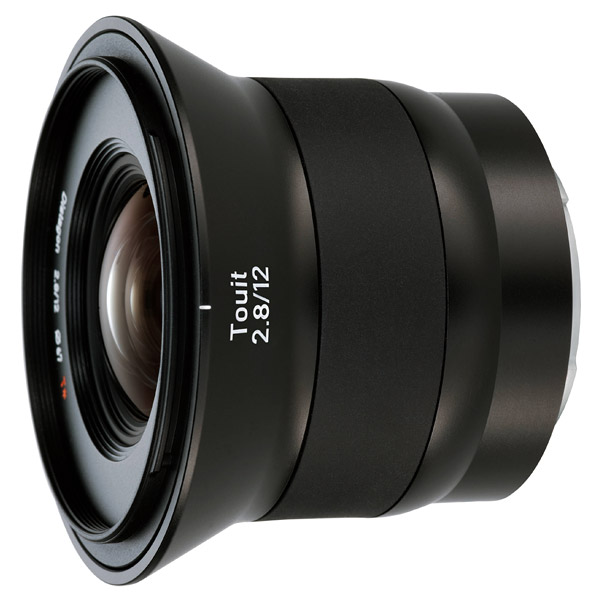 | Zeiss Touit 12mm f/2.8 Pros: Small for focal length and lightweight, low distortion if you take care of the framing, very versatile Cons: some problems with focusing to infinity in manual because the ring has no stop, vintage autofocus Opinion: Used with Fujifilm X-E4, an 18mm equivalent that has become, after years of companionship with the Canon EF-S 10-22mm, my universal lens. Used a lot for architecture and interior photography, it also performs very well for street photos because it is small and discreet. It gets worse with the lens hood, also because of the goblet shape that also forces you to use 67 mm filters. Sharp even without screaming at the miracle, it sometimes happens, when enlarging the image, that, at infinity, it does not appear perfectly in focus while close-ups and intermediates are very sharp. Taking into account that it is an 11-year-old lens, it is still valid for lenses but definitely outdated for the electronic part and autofocus. Cheap, for Zeiss, and so, like other lenses in the Touit series, I had the 32mm f/1.8, with a lot of plastic. Used is a real bargain, especially for Fujifilm because it costs, new, about 900 euros, 300 euros more than the equivalent for Sony E. sent on May 13, 2024 |
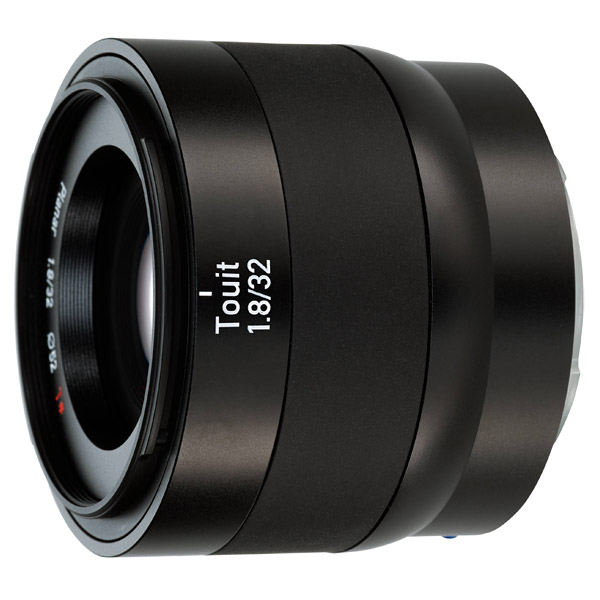 | Zeiss Touit 32mm f/1.8 Pros: the perfect mid-focal lens for APS-C. You photograph everything there is, so even more than what you see. Sharpness and other technical data? It's a Zeiss lens. Cons: Zeiss glass aside, lots of plastic. Quite large, especially with lens hood attached, noisy autofocus Opinion: purchased to pair with Zeiss Touit 12mm f/2.8 on the Fujifilm X-E4. The perfect pair with which you can take photographs of any type and in any place, apart from the lion a kilometer away in the Serengeti. Detailed but not sharp, on the contrary, soft images. Fantastic portraits. Why did I sell it? Because on the body of the X-E4 it looked like a panettone. If the X-E4 is the ideal camera to put in your pocket and you can handle the slightly larger 12mm, a daily lens with normal focal length on that body needs to be more compact. I'm not complaining about rings and autofocus because I replaced it with a Voigtlander Ultron 27mm f/2, manual focus and with rings so thin that you have to use your fingertips, but really compact. Highly recommended as a normal lens on normal-sized camera bodies sent on May 09, 2024 |
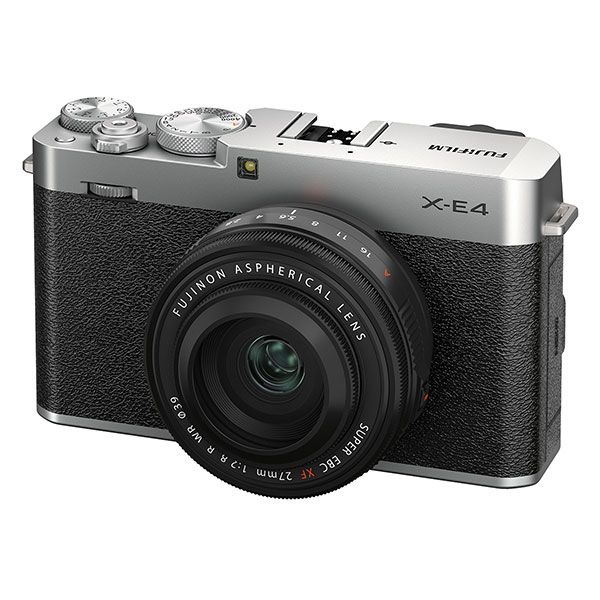 | Fujifilm X-E4 Pros: Versatility: it allows you to have a compact camera just a little bigger than a smartphone and an almost professional mirrorless camera, with the right optics Cons: Aiming at the limits of decency and display that doesn't compensate. Slow and cumbersome wifi connection. Opinion: I don't take sports photos. I've never had a hard telephoto lens and I like to look at photographs of insects and flowers but I don't do them. It is the ideal machine. Used with the Zeiss Touit 12mm f/2.8 and, to put it, really, in the pocket of the jacket, with the Voigtlander Ultron 27mm f/2, a small bag and stimulates to photograph. I often took it with me on walks in the countryside. You are able, immediately, to grasp that light, that cloud, that tree, with quality without too many pounds on you. On vacation, with family, even for work if you need to report a situation or an event and you want something more than the best of smartphones. It's a shame they stopped producing it. Sometimes Fujifilm reminds me of Alfa Romeo, as soon as you have a winning product you stop producing it. Replaced with the X-100VI, after a few days I bought the wide-angle converter (I missed the Touit). sent on May 09, 2024 |
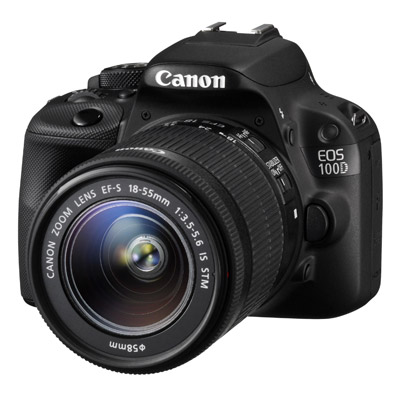 | Canon 100D Pros: Lightweight, tiny for a reflex, value for money still unmatched today. Ideal for learning how to photograph. Cons: Made obsolete by the release of cheap mirrorless cameras, it doesn't allow you to push on high sensitivity or speed in shooting for a somewhat dated autofocus. Opinion: Purchased as soon as it came out, body only, in terms of weight and size, to be combined with the 24 mm pancake to replace a Nikon compact retired. It had to be used to carry it with me at all times if I needed images for reports, to be printed in A4 at most. I tried it with the Canon 10-22 and, for several years, until I bought the Fuji X-E4 it was the most used combination. I highly recommend it if you find it used for a few euros, especially to learn without having to go crazy with the menus of current mirrorless cameras and without worrying too much about taking too much care of it. sent on May 09, 2024 |
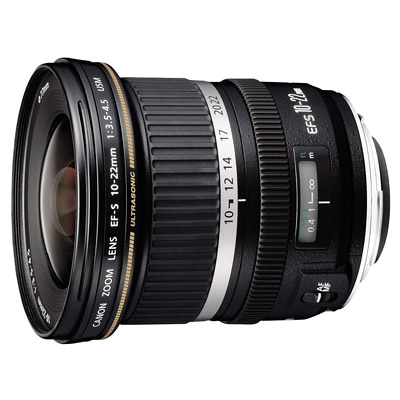 | Canon EF-S 10-22mm f/3.5-4.5 USM Pros: On APS-C a universal, lightweight and versatile optic. Cost-Effective Results Cons: Noisy and slow autofocus. You don't shout miracle for clarity. Opinion: It was for several years, until I had Canon, the lens I used the most. Purchased mainly for interiors and for site documentation, once used for landscape and urban environments I never took it off. On medium-sized but also relatively small bodies, in terms of focal length and weight it can be taken anywhere even if it does not have the sharpness of its older brothers with the red line. Bought new at the time, I recommend it if you find it used, as also mentioned for street photos, where it gives a different view of the surrounding environment without excessive distortion at 22 mm but with, if necessary, that extra gear of the 10 mm. I wouldn't make videos about it. A lot of plastic out but in many years it has never given me problems. sent on May 09, 2024 |
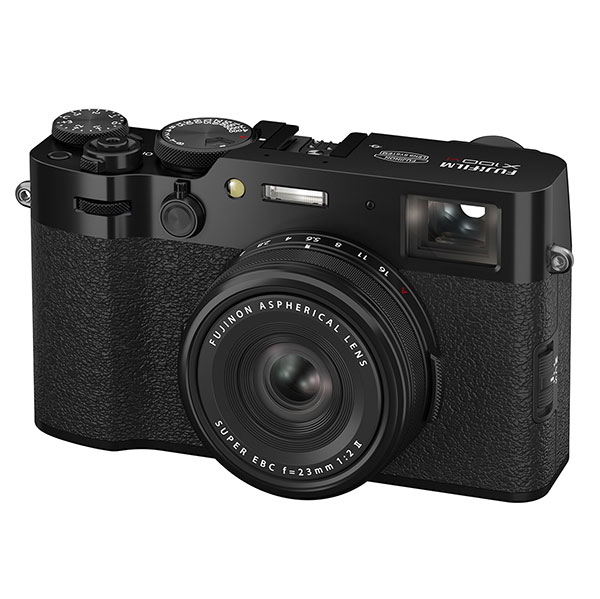 | Fujifilm X100VI Pros: Autofocus, shutter silence, perhaps too quiet, incredibly sharp images for the camera, stabilization, flash and fixed lens Cons: It's big for compact, the aperture ring is uncomfortable, the ISO ring is useless because you have to take your eye off the viewfinder (but it's so analogue). I won't say the price because I'd be self-defeating. And fixed optics. Opinion: I did it. I traded in my two-year-old X-E4, with various lenses, and bought the 100VI. I haven't done much in these two days. I can give you first impressions more about handling and functionality. Given that I made a trade-in on par (thanks RCE Foto Lainate) with X-E4 and three lenses, the price aspect did not weigh on me, it is high but holding the camera in your hand is satisfying. Isn't fixed optics a problem with 40.2 megapixels? The artifice of the digital zoom that reduces the resolution is childish but it is aimed at the main purpose of this machine: to produce ready-to-use jpeg files that are practically perfect, to be kept and, above all, to be shared socially.... The problem for me is above all the wide-angle since even with the Sony a7 I always use a Zeiss 16-35. The crop, on the contrary, is not there. I immediately ordered the WCL-X100S II converter which gives an FF equivalent focal length of 28mm. Hopefully. However, the price increases by another 300 euros, the weight increases and the size increases. After two years of using the X-E4 I didn't find any problems in the menu and controls. The top ISO ring is honestly superfluous, especially because you have to take your eye off to use it. Once the locking ring is raised, it spins without jerks. The Bluetooth button at hand is convenient and the position of the Q key is useful, when I get used to it. The optical viewfinder is very useful (I got the X100VI for that too) for shutter speed. The autofocus, with option C, is just as useful so you don't miss a shot when you need to shoot certain expressions or movements. With the X-E4 (and with Voigtlander) I used manual focus and I lost more than a few shots. The main differences with the X-E4 are weight and size. The X-E4 with the Voigtlander 27, but also the 27 kit really fits in the jacket pocket. For the X100VI you need the bag, small but you need it. I can't tell if it's a professional camera: I'm not a professional photographer. I shoot for work in buildings or construction sites and I use the Sony FF for magnifications. But when I'm wandering around, changing lenses is a big hassle. Here's why. sent on April 03, 2024 |
 JuzaPhoto contains affiliate links from Amazon and Ebay and JuzaPhoto earn a commission in case of purchase through affiliate links.
JuzaPhoto contains affiliate links from Amazon and Ebay and JuzaPhoto earn a commission in case of purchase through affiliate links.May Beauty Be Everywhere Around Me